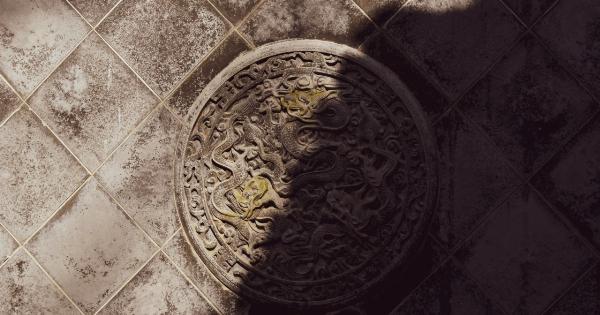Panic attacks can cause a sudden onset of symptoms, such as increased heart rate, chest pain, and difficulty breathing. These symptoms can last a few minutes to several hours and can be exhausting both physically and emotionally.
Recognize the Signs of Panic Attack
The first step towards calming yourself during a panic attack is to recognize the signs and symptoms. Here are some of the most common signs of a panic attack that you should be aware of:.
- Rapid heart rate
- Sweating
- Trembling or shaking
- Shortness of breath
- Chest pain or discomfort
- Nausea or abdominal distress
- Dizziness or lightheadedness
- Fear of losing control or going crazy
- Fear of dying
- Numbness or tingling sensations
Practice Deep Breathing
Deep breathing is an effective technique to calm yourself during a panic attack. Sit comfortably in a quiet place and close your eyes.
Inhale slowly through your nose and count to four, hold your breath for a few seconds and exhale through your mouth while counting to six. Repeat this process several times until you feel calm. Focus on your breathing pattern and try to clear your mind of all thoughts.
Use Positive Self-Talk
Positive self-talk can also help calm your nerves during a panic attack. Remind yourself that this is only a temporary experience and that it will pass. Tell yourself that you are strong and capable and that you can control your thoughts and emotions.
Relax Your Muscles
When you’re feeling anxious, your muscles can become tense and even painful. To relieve this tension, try progressive muscle relaxation. Starting from your toes, tense your muscles, hold it for a few seconds, and then release.
Move up your body, tensing and releasing each group of muscles. This exercise can help to release built-up tension throughout your body.
Avoid Stimulants
Stimulants, such as caffeine, nicotine, and alcohol, can exacerbate anxiety symptoms. Limit your intake or avoid these substances altogether. Instead, opt for water or herbal tea to soothe your nerves.
Engage in Physical Activity
Physical activity is an excellent way to reduce stress and tension. Go for a walk, jog, or cycle. You can also do yoga or other exercises that promote relaxation and calm.
Physical activity boosts endorphins (the feel-good hormone) and helps to improve your mood.
Seek Professional Help
If your panic attacks are becoming more frequent or are affecting your daily life, it’s best to seek professional help. A mental health professional can provide you with counseling and teach you coping techniques to help manage your anxiety.
Find Support in Friends and Family
Don’t hesitate to reach out to your friends and family for support during difficult times. They can listen to your concerns and offer you comfort and reassurance. Sometimes, just talking to someone can help put things in perspective.
Practice Mindfulness
Mindfulness is the practice of being fully present in the moment and observing your thoughts and emotions without judgment. This technique can help you to stay calm and focused in challenging situations.
You can practice mindfulness by meditating, yoga, or other relaxation techniques.
Conclusion
Panic attacks can be distressing experiences, but with practice, you can learn to manage them more effectively.
By recognizing the signs of panic attacks and using relaxation techniques to calm yourself, you’ll be better prepared to face difficult situations. Don’t hesitate to seek professional help if you need it and remember that you’re not alone in this experience.














